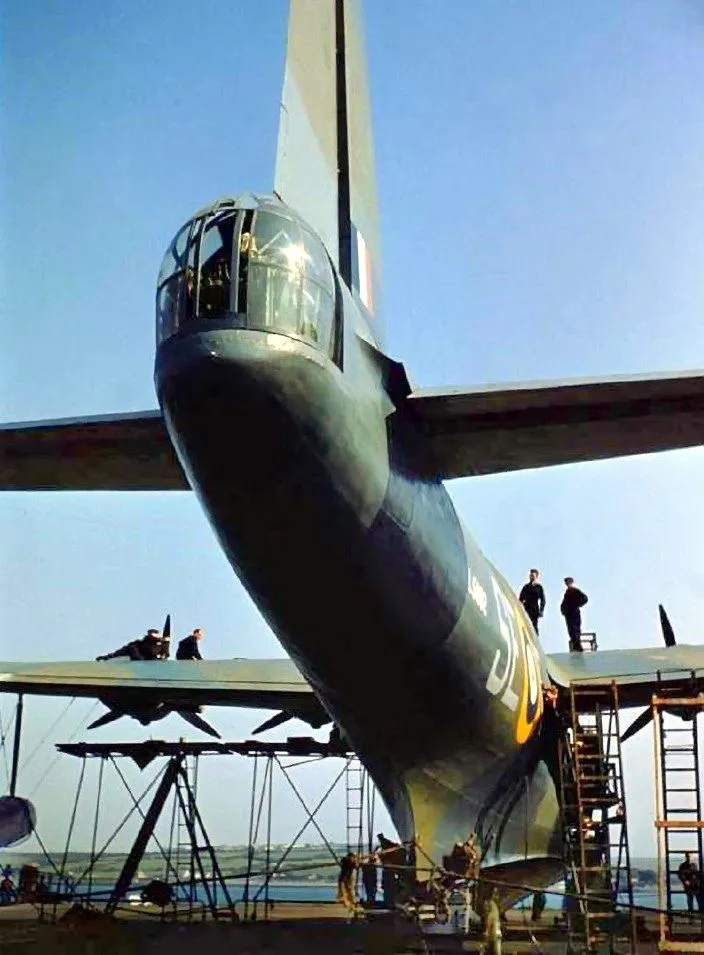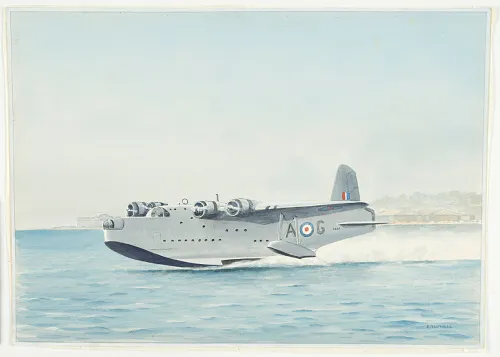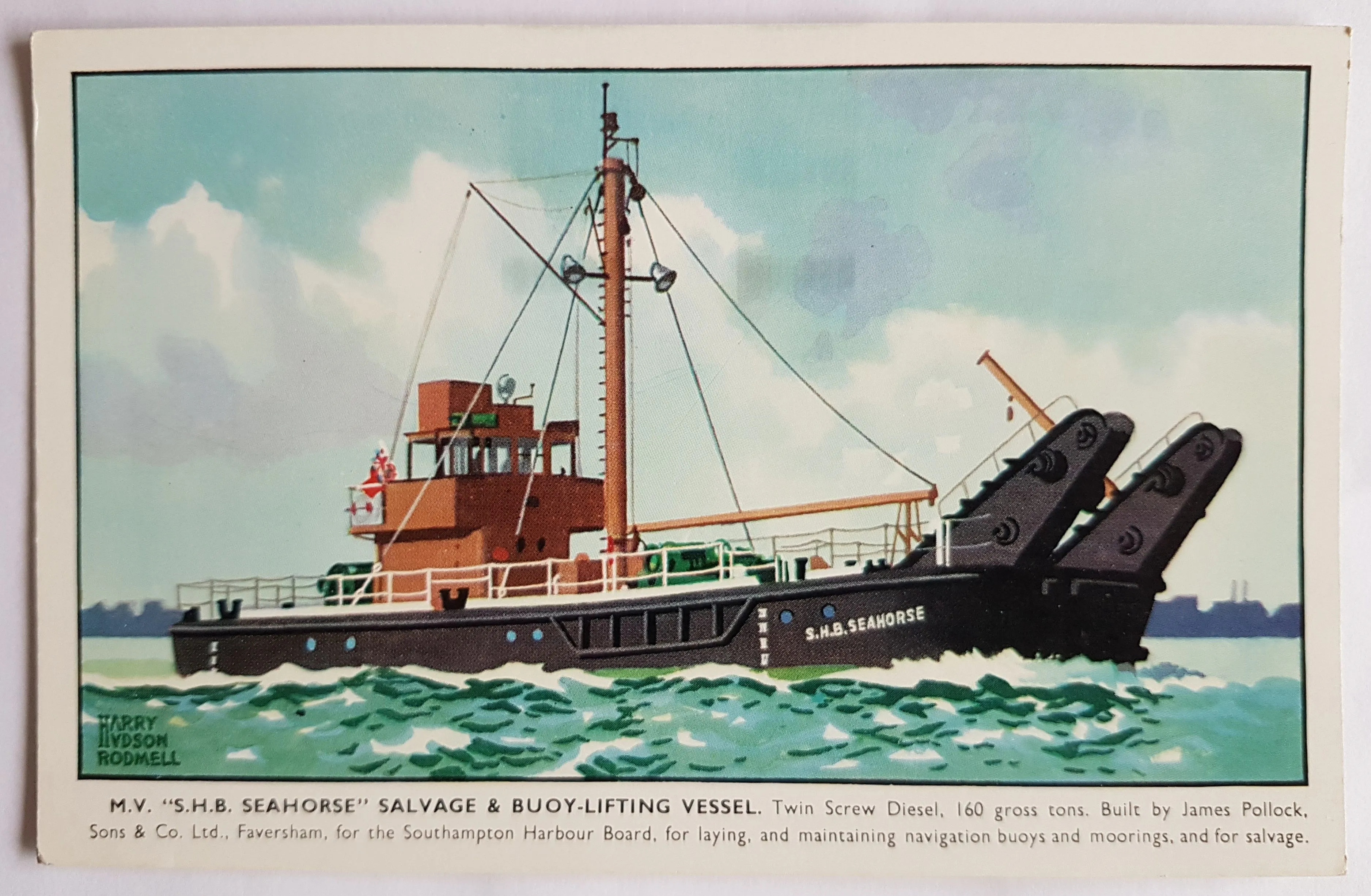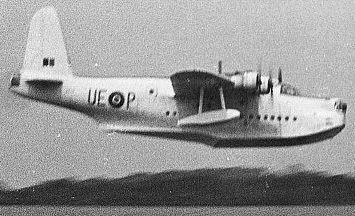What is a Diecast Sunderland Flying Boat?
A diecast Sunderland flying boat is a miniature replica of the Short Sunderland, a large British flying boat patrol bomber aircraft. These models are typically made using the die-casting process, where molten metal is poured into a mold to create highly detailed and accurate representations of the original aircraft. Diecast models are prized by collectors and enthusiasts for their intricate designs, realistic features, and historical significance. They capture the essence of the iconic Sunderland, bringing a piece of aviation history into the hands of collectors and model enthusiasts alike. These models are not just toys; they are miniature works of art that celebrate the engineering and design of a legendary aircraft.
History of the Sunderland Flying Boat
The Short Sunderland was a British flying boat developed by Short Brothers. It served extensively during World War II, primarily for maritime patrol, anti-submarine warfare, and search and rescue operations. Known for its robustness and long-range capabilities, the Sunderland played a crucial role in protecting Allied convoys from U-boat attacks. The aircraft’s design was influenced by the earlier Short Empire flying boats, but the Sunderland was specifically built for military roles. Throughout the war, it saw action in various theaters, from the Atlantic to the Pacific, and its reliability made it a favorite among its crews. Even after the war, it continued to serve in various roles, demonstrating its enduring design and contribution to aviation.
Key Features of the Sunderland

The Sunderland flying boat was characterized by its large, robust hull, designed to withstand rough sea conditions. It had a high-mounted wing configuration and four radial engines, providing it with the power and range needed for long-distance patrols. The aircraft’s notable features included a spacious interior that could accommodate a crew of up to eleven, multiple gun turrets for defense, and the capability to carry depth charges and bombs. Its ability to operate from water made it versatile, allowing it to access areas beyond the reach of land-based aircraft. These features combined to create an aircraft that was both a formidable war machine and a symbol of maritime aviation.
The Role of the Sunderland in World War II
During World War II, the Sunderland was a vital asset for the Allies, particularly in the Battle of the Atlantic. Its primary role was to patrol vast stretches of ocean, searching for German U-boats that threatened Allied shipping. The aircraft’s long range and endurance allowed it to cover extensive areas, providing vital protection for convoys carrying supplies and troops. Besides anti-submarine warfare, the Sunderland also performed search and rescue missions, saving numerous airmen and sailors downed at sea. The Sunderland also played a crucial role in ferrying supplies and personnel, contributing significantly to Allied efforts and operations throughout the war. This aircraft’s versatility and reliability cemented its legacy as a key player in the war effort.
The Sunderland’s Impact on Aviation History
The Short Sunderland made a lasting impact on aviation history. Its design influenced the development of subsequent flying boats, and its service during World War II highlighted the importance of maritime patrol aircraft. The Sunderland showcased technological innovations and operational capabilities, making it a significant milestone in aviation engineering. The aircraft’s ability to operate from water, combined with its long-range capabilities, expanded the possibilities for air travel and military operations. Its endurance and robustness inspired designs and engineering, and its legacy is still celebrated by aviation enthusiasts and historians today. The Sunderland remains a symbol of a bygone era of aviation, celebrated for its crucial role in wartime and its engineering excellence.
Top 5 Amazing Facts About Diecast Sunderland Flying Boats

Fact 1 Detailed Craftsmanship
Diecast Sunderland flying boats are known for their detailed craftsmanship. Manufacturers meticulously replicate every aspect of the original aircraft, from the hull’s shape to the placement of rivets and panel lines. The use of die-casting allows for intricate details, such as the engines, turrets, and even the interior features, to be accurately reproduced. Skilled artisans often hand-paint these models, adding further realism with weathering effects and precise color schemes. This level of detail makes each model a miniature work of art, captivating collectors and enthusiasts with its precision and aesthetic appeal. The attention to detail extends beyond the exterior, with internal components often being represented.
Fact 2 Historical Accuracy
Diecast Sunderland models strive for historical accuracy, often based on original blueprints, photographs, and historical records. This dedication to authenticity ensures that the models reflect the aircraft’s appearance during specific periods of its service history. Collectors appreciate the meticulous research that goes into creating these models, which include accurate markings, insignias, and paint schemes. Manufacturers often produce models representing different variants of the Sunderland, as well as models that depict the aircraft in various wartime configurations. The focus on historical accuracy makes these diecast models valuable educational tools and collectibles, allowing enthusiasts to connect with aviation history in a tangible way.
Fact 3 Variety of Scales

Diecast Sunderland flying boats are available in a range of scales, allowing collectors to choose models that suit their preferences and display space. Common scales include 1:72, 1:144, and sometimes even larger scales for more intricate detailing. Each scale offers a different balance between detail and size, and collectors often specialize in a particular scale to build a cohesive collection. The variety of scales also allows enthusiasts to compare different models and appreciate the varying levels of detail across the range. Whether displayed individually or as part of a larger collection, the range of scales gives collectors flexibility in how they present their passion for aviation history.
Fact 4 Collectible Value
Diecast Sunderland flying boats often hold significant collectible value, with some models appreciating in value over time. Factors such as rarity, condition, and historical significance all contribute to the worth of a model. Limited edition releases, models with unique paint schemes, or those representing significant historical events are particularly sought after by collectors. The investment potential of these models, combined with the pleasure of owning a piece of aviation history, makes them an attractive option for both seasoned collectors and newcomers to the hobby. Models in mint condition with original packaging are generally more valuable, reflecting the importance of preservation in the world of collectibles.
Fact 5 Nostalgia and Appeal
Diecast Sunderland flying boats evoke a strong sense of nostalgia and appeal, especially for those with an interest in aviation history. These models capture the spirit of a bygone era, reminding enthusiasts of the bravery and innovation of the individuals who flew and maintained these iconic aircraft. The detailed replicas offer a tangible connection to the past, allowing collectors to admire the engineering and design of the Sunderland. They can spark conversations, create connections among enthusiasts, and serve as a reminder of the pivotal role these flying boats played in various historical events. The nostalgic appeal makes these models cherished possessions, appreciated not just for their beauty but also for their sentimental value.
Where to Find Diecast Sunderland Flying Boats

Online Retailers and Specialty Shops
Diecast Sunderland flying boats are commonly available through online retailers and specialty model shops. Online marketplaces provide a vast selection of models from various manufacturers and scales, often with detailed descriptions and customer reviews. Specialty shops, both online and brick-and-mortar, cater to collectors and enthusiasts, offering a curated selection of models and expert advice. These retailers often carry rare and limited-edition models, as well as accessories and display cases to enhance your collection. Shopping online allows for easy comparison shopping and access to a global market, while specialty shops provide personal assistance and valuable information for building a collection.
Auctions and Collectibles Fairs
Auctions and collectibles fairs are also popular venues for finding diecast Sunderland flying boats, especially for rare or vintage models. Auctions, both online and in-person, provide opportunities to acquire unique and highly sought-after models, often at competitive prices. Collectibles fairs bring together dealers and collectors from around the world, allowing for direct interaction and the chance to discover hidden gems. These events can be great places to find models in excellent condition, and they provide opportunities to learn from experienced collectors and build a network within the community. Keep an eye out for local and regional events to discover a wealth of model aircraft, along with related memorabilia.
Tips for Collectors

Evaluating Quality and Authenticity
When collecting diecast Sunderland flying boats, it’s essential to evaluate the quality and authenticity of each model. Look for models made from high-quality materials, with precise detailing and accurate paint schemes. Check the model’s markings, insignias, and overall condition, as these factors influence its value. Research the manufacturer and the specific model to ensure it aligns with historical references. Authenticity can be verified by comparing models to official documentation, consulting with experts, or referencing reputable online resources. Careful examination of these details is crucial for making informed purchasing decisions and building a collection of value.
Care and Maintenance of Your Model
Proper care and maintenance are essential to preserve the condition and value of your diecast Sunderland flying boat models. Store models in a dust-free environment, away from direct sunlight and extreme temperatures, to prevent fading or damage. Regularly dust the models with a soft cloth or a specialized brush. Avoid touching the models directly, as fingerprints can damage the paint and finish. Consider using display cases to protect models from dust and accidental damage. By taking good care of your models, you can enjoy them for years, preserving their beauty and value.
